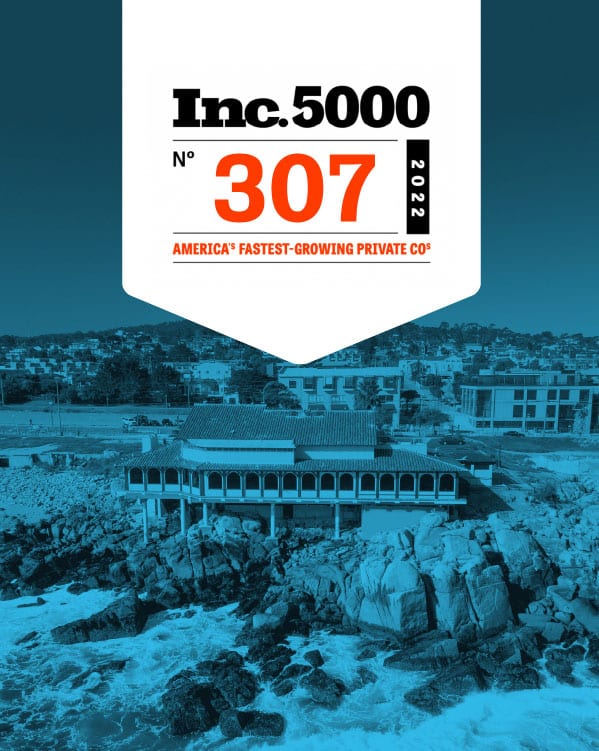The recent tragedy that ensued in Florida is predicted to bring major changes and additional precautions added to the building design and construction process. On June 24th at 1:15am, the Champlain Towers South Condominium, a building that had stood for 41 years, collapsed to the ground within seconds. This disaster is now recorded to have taken at least 31 lives, and local authorities are still sifting through the wreckage to locate missing residents.
This tragedy has left many people looking for answers to how this happened. Although not many specifics are known yet, city, state, and federal building regulations are expected to tighten their building requirements in response to make sure this never happens again. Along with city and county officials, Florida Governor Ron DeSantis’s administration is participating in the investigation to find out details as to how this happened and how to prevent it in the future. The federal government is also joining in by directing FEMA, OSHA, the FBI, and NIST, the National Institute of Standards and Technology to assist with the damage.
NIST, a lesser known federal agency, has significant influence over building requirements. In an interview with NPR, Florida congresswoman Debbie Wasserman Schultz explained that the NIST is part of the Commerce Department and was put in place under the National Construction Safety Act to make “recommendations on things like building code changes, engineering practices, and…technical, scientific recommendations that can prevent failures like this in the future.” She explained that this agency’s recommendations can eventually lead to legislation changes for building and safety codes on a city, state, and possibility a federal level.
Although no immediate legislative changes have occurred yet, changes are expected to come soon, and city planning and building departments across the country are expected to be extra cautious in approving new building developments in consideration of this tragedy.
The events of the coronavirus pandemic have shifted how commercial real estate contracts are classifying “force majeure”. Force majeure, also referred to as an “act of God”, is defined as ”unforeseeable circumstances that prevent someone from fulfilling a contract.” This usually refers to natural disasters like hurricanes or tornados. Up until recently, pandemics have not been considered force majeure, but this is beginning to change. Along with pandemics, the Commercial Observer pontificates that practitioners might start to consider cyberattacks and even acts of civil unrest to qualify as force majeure events. Along with this, retail tenants are becoming emboldened to start asking for rent abatement if another pandemic occurs that results in the government forcing them to shut down. As times have changed, previously unprecedented events like global pandemics are now being added to the list of issues that investors and tenants need to consider. Of course our hope is that another pandemic will not occur anytime soon, but after experiencing over a year of COVID-19’s devastating effects, it would be foolish not to take precautions in the case of another one.

As mentioned before, construction costs are rising due to increases in the price of lumber and other construction materials. A new factor contributing to this rise in construction costs is the sudden increase in labor costs. An article from Globe St. highlights Dr. Masaki Oishi, co-founder and chairman of MarketSpace Capital. In the article, Dr. Oishi points out, “[Financial support for workers that were laid off during the pandemic] is a good thing. But if the government is going to continue to subsidize a certain lifestyle where we’re essentially paying people to stay at home, that will not help the labor shortage. I think there does have to be some carrot-and-stick incentives to get people back to work”. The article later goes onto to point out that the labor shortage is not only effecting commercial real estate in construction, but also hotels and restaurants are facing a severe shortage in staff. At the moment, demand is higher than ever for labor, but there seems to be a large segment of the population that is unwilling to get back to work.

In other news, Chain Stare Age reports that mixed use malls are bringing real estate investors higher rents than traditional “80’s style” malls. A study from CoStar found that apartments located in mixed use centers could charge rents almost 14% higher than similar apartments not located in mixed use lots. In the same way, offices and retail stores produce higher rent when they are located in mixed use lots in close proximity to apartments. This all shows that more and more people, especially millennials, value close proximity to all the places they need to visit in a day. For many people today, the less they need to commute the better.

